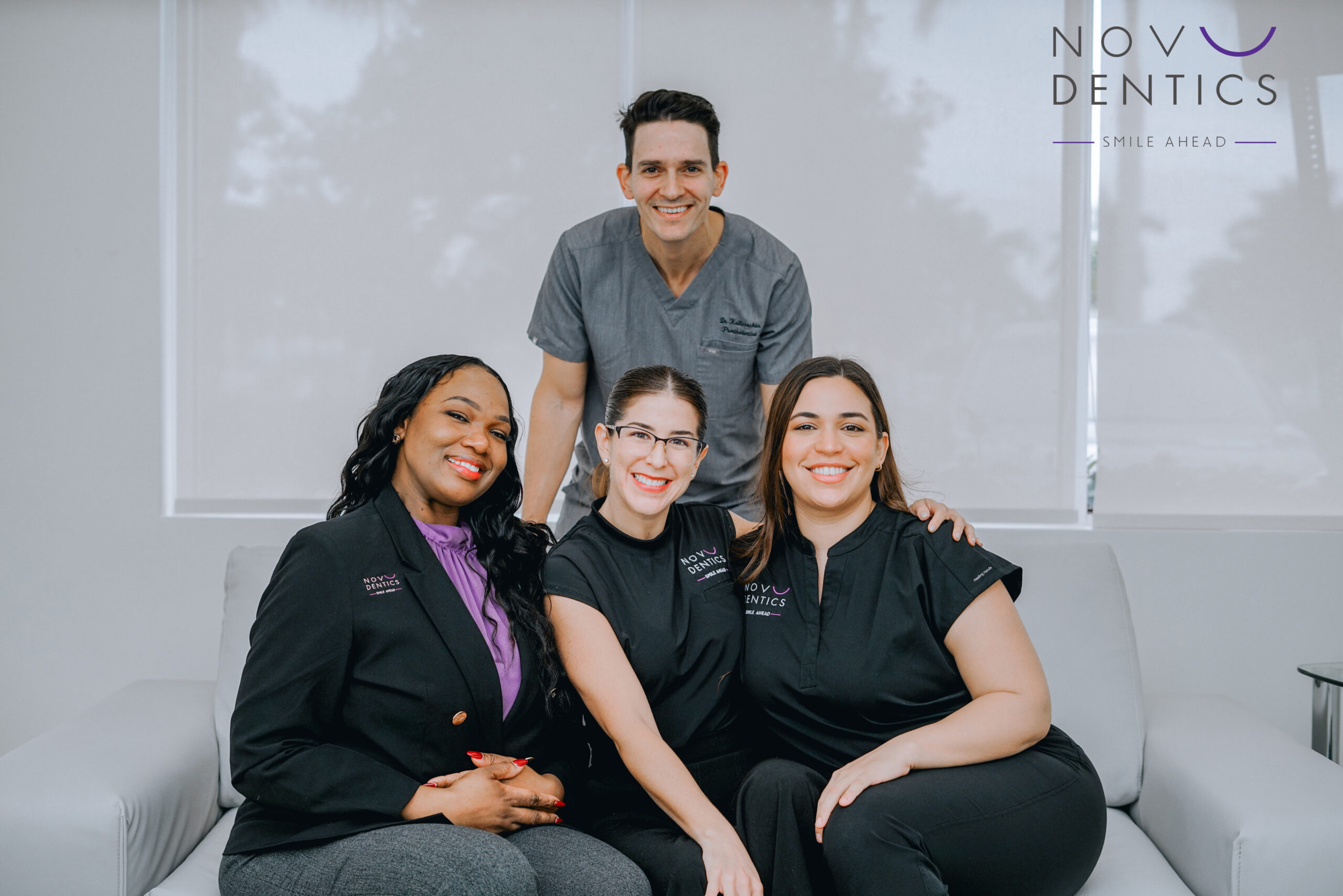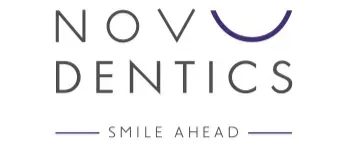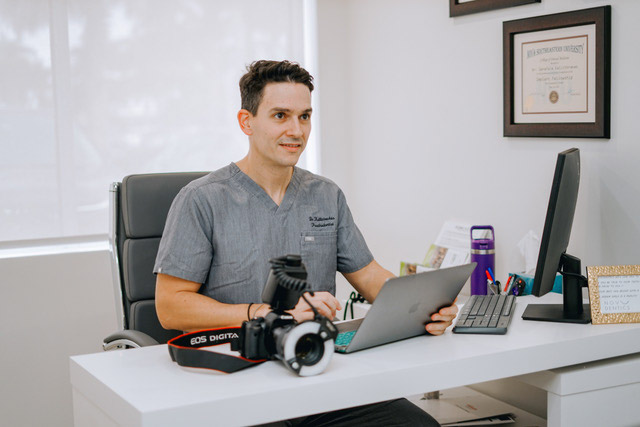As laser technology continues to advance, dental professionals now have more options than ever when it comes to using lasers for a variety of dental procedures and treatments. Dental lasers provide minimally invasive alternatives to conventional dental tools, resulting in less pain, faster healing times, and better outcomes for patients. Each laser has unique wavelength properties that enable targeted, precision treatments for both hard and soft oral tissues.
Understanding the capabilities and applications of these laser systems can help dental practices determine the right solution for procedures like cavity preparations, gum reshaping, whitening treatments, and even delicate oral surgery. Implementing advanced dental laser systems requires an investment for the practice, but the benefits in terms of accuracy, patient satisfaction and expanded treatment options make it well worth consideration. Let Novudentics talk you through all of the ways you can use laser treatment to help your oral care.

Types of Lasers Used in the Dental Profession
There are different types of laser used in dental therapy:
- Carbon dioxide laser
- Neodynium Yttrium Aluminum Garnet Laser
- Erbium Laser
- Diode Laser
- Carbon Dioxide (CO2) Laser:
- Wavelength: 10,600 nm.
- Applications: Primarily used for soft tissue procedures like gingivectomy, frenectomy, and soft tissue crown lengthening.
- Advantages: Excellent for cutting soft tissue with minimal bleeding due to its high absorption by water and hemoglobin.
- Limitations: Not suitable for hard tissue procedures; requires caution due to potential thermal damage to surrounding tissues.
- Neodymium Yttrium Aluminum Garnet (Nd:YAG) Laser:
- Wavelength: 1064 nm.
- Applications: Used for soft tissue surgeries, periodontal treatments, and for treating peri-implantitis.
- Advantages: Effective in cutting and coagulating soft tissues; deep penetration into tissues.
- Limitations: Limited use in hard tissue; risk of thermal damage to bone and tooth structure.
- Erbium Laser (including Erbium:YAG and Erbium:Cr:YSGG):
- Wavelength: Er:YAG – 2940 nm, Er,Cr:YSGG – 2780 nm.
- Applications: Versatile for both hard and soft tissue procedures, including cavity preparation, caries removal, and bone surgery.
- Advantages: Minimal thermal damage, precise cutting with less vibration, and more comfort for the patient.
- Limitations: Requires water cooling; slower than traditional drills for hard tissue.
- Diode Laser:
- Wavelength: Ranges between 810 and 980 nm.
- Applications: Soft tissue surgeries, periodontal treatments, and teeth whitening.
- Advantages: Good hemostasis, less postoperative pain, and swelling; portable and relatively affordable.
- Limitations: Not suitable for cutting hard tissue; less efficient in ablating soft tissue compared to CO2 lasers.
Each type of laser has its unique advantages and limitations, making them suitable for different dental procedures. The choice of laser depends on the specific dental condition being treated, the desired outcome, and the dentist’s expertise with the laser technology.
Why Would Someone Require Laser Treatment For Their Mouth?
There are a number of different reasons someone would need to get laser therapy treatment for their oral condition. Here are some of the more common reasons we see at Novudentics:
Reducing Bacteria with Lasers
Lasers can reach and disinfect deep areas of the mouth without needing surgery. This prevents the spread of gum disease and destruction of tooth and gum tissue. Laser therapy is very beneficial for patients with gum disease. Advantages include less bleeding, more precision, less need for anesthesia, and less pain after treatment.
Preparing Teeth and Taking Impressions
Different laser types can help prepare teeth for fillings or crowns. They can also remove gum tissue to take clean, accurate dental impressions. Lasers provide precision removal and drying of tissues. This results in flawless impressions.
Whitening Teeth with Lasers
In-office laser whitening is a safe, fast way to dramatically whiten teeth. It gives patients a brighter, more aesthetic smile. The results are more effective than other whitening methods.
Relieving Pain with Lasers
Special diode lasers provide pain relief by targeting deep tissues. They can treat TMJ and facial pain without drugs in as little as 10 minutes. This is a non-invasive, therapeutic option for pain patients.
Consider Novudentics For Oral Laser Treatment Options
Here at Novudentics, we strive to always provide the latest innovations in dental care to give you, our valued patient, a top-notch experience. That’s why I’m so thrilled we have the ability to offer laser dental treatments. This advanced laser system is a total game-changer for both my work as your prosthodontist and your comfort as my patient.
Because laser treatments are so much more minimally invasive than traditional methods, you’ll have a much more comfortable experience overall. We’re talking little to no pain during treatment, minimal swelling or recovery time after, and fewer postoperative sensitivity issues. That makes visits here less stressful and more soothing for our wonderful patients.

